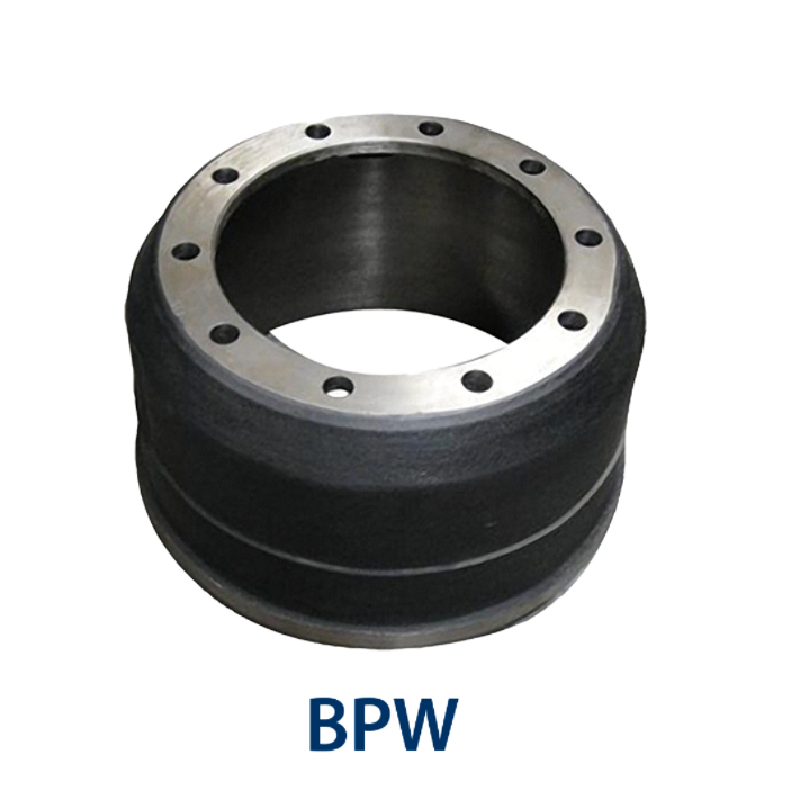Dec . 17, 2024 22:10 Back to list
3 types of drum brakes
Understanding the 3 Types of Drum Brakes
Drum brakes are a crucial component of many vehicles, providing reliable stopping power through a simple yet effective mechanism. Unlike disc brakes, which utilize a flat rotor, drum brakes consist of a cylindrical drum that rotates along with the wheel. Inside this drum, brake shoes press against the drum's inner surface to create friction, slowing down or stopping the vehicle. While many people may be familiar with the basics of drum brakes, it’s essential to understand the three primary types of drum brakes and their unique applications.
1. Single-Cylinder Drum Brakes
The single-cylinder drum brake is among the most basic designs found in older vehicles, motorcycles, and some light-duty trucks. This system comprises one cylinder located at the top or bottom of the brake shoe assembly. When the brake pedal is pressed, hydraulic pressure is generated, causing the single brake cylinder to push the shoes outward against the interior of the drum.
Advantages - Simplicity The design is straightforward, making it easy to manufacture and repair. - Cost-Effectiveness Due to fewer components, these brakes are generally less expensive to produce and maintain.
Disadvantages - Limited Performance Single-cylinder systems may not provide sufficient braking force for larger or heavier vehicles. - Uneven Wear As only one cylinder is utilized, the wear on the brake shoes can be uneven, leading to reduced efficiency over time.
This type of drum brake is well-suited for light vehicles and applications where high-performance braking is not essential.
As automotive technology evolved, so did drum brake systems. Dual-cylinder drum brakes emerged to address the limitations of the single-cylinder design. In this setup, two cylinders are positioned at the top and bottom of the brake assembly, each exerting force on the brake shoes. This configuration allows for a more balanced application of pressure and improved braking performance.
Advantages - Enhanced Stopping Power With two cylinders working simultaneously, dual-cylinder drum brakes offer greater force, making them suitable for larger vehicles. - Improved Brake Shoe Wear The balanced pressure distribution tends to wear the brake shoes more evenly compared to single-cylinder designs.
3 types of drum brakes

Disadvantages - More Complexity The design introduces additional components and may require more frequent maintenance. - Higher Cost The increased complexity can lead to higher manufacturing and repair costs.
Dual-cylinder drum brakes are commonly found in mid-sized vehicles and light-duty trucks, providing a reliable balance of performance and cost.
3. Self-Adjusting Drum Brakes
Self-adjusting drum brakes represent the latest advancement in drum brake technology. This system includes an automatic adjustment mechanism that compensates for wear over time, ensuring consistent brake performance without the need for frequent manual adjustments. Typically, this is achieved through a ratcheting mechanism that engages each time the brakes are applied, gradually compensating for the wear of the brake shoes.
Advantages - Consistent Performance By automatically adjusting as needed, these brakes maintain optimal performance through their lifespan. - Reduced Maintenance With less frequent need for adjustments, owners can save on maintenance costs and effort.
Disadvantages - More Parts The complexity of the self-adjusting mechanism can mean more parts that could potentially malfunction. - Initial Cost The advanced technology can lead to higher initial costs compared to traditional drum brake systems.
Self-adjusting drum brakes are increasingly found in modern vehicles, showcasing how advancements in design can enhance safety and performance.
Conclusion
Understanding the different types of drum brakes is essential for vehicle owners and enthusiasts alike. Each type—single-cylinder, dual-cylinder, and self-adjusting drum brakes—offers distinct advantages and drawbacks that can impact braking performance, cost, and maintenance. While single-cylinder systems are best for light and older vehicles, dual-cylinder and self-adjusting designs cater to a broader range of vehicles, particularly those requiring enhanced safety and reliability. As automotive technology continues to evolve, it is likely that drum brake systems will also see further advancements, making them even more effective in providing the stopping power necessary for safe driving. Whether you’re upgrading old brake systems or maintaining your vehicle for optimal performance, understanding these types of drum brakes will serve you well.
-
HINO Industrial Solutions - ¡Ң���ຽ��е��������˾ | Advanced Efficiency&Customization
NewsJul.13,2025
-
HINO Industrial Efficiency Solutions - ¡Ң���ຽ��е��������˾
NewsJul.13,2025
-
HINO Industrial Solutions - ¡Ң���ຽ��е��������˾ | Advanced Technology&Reliability
NewsJul.13,2025
-
HINO Industrial Efficiency-Jiangsu Hino Industrial|Productivity Optimization&Cost Reduction
NewsJul.12,2025
-
HINO-¡Ң���ຽ��е��������˾|Advanced Industrial Solutions&Energy Efficiency
NewsJul.12,2025
-
Premium Brake Drum Iveco – Durable Drum Brake Drum & Brake Shoe Solutions
NewsJul.08,2025
